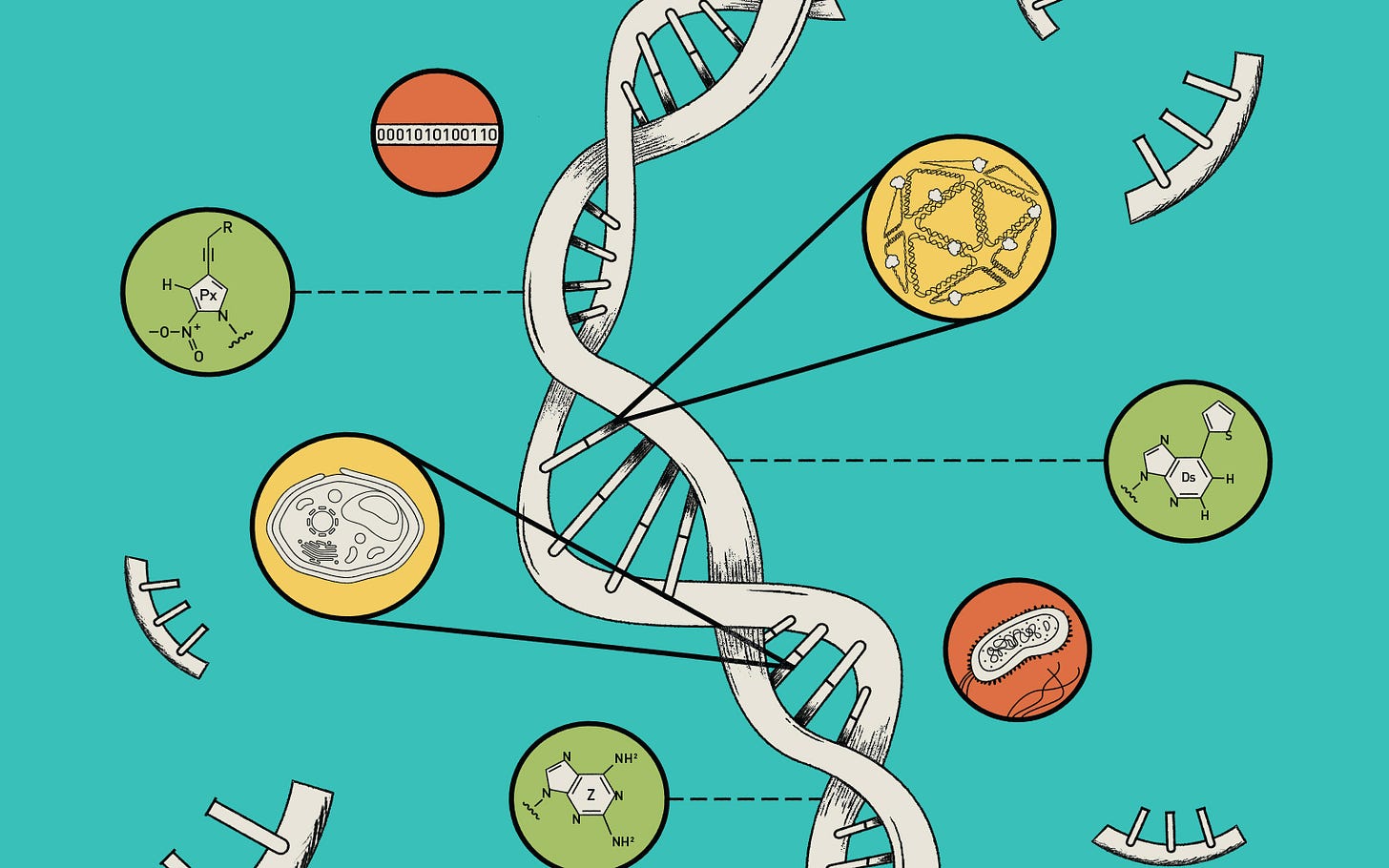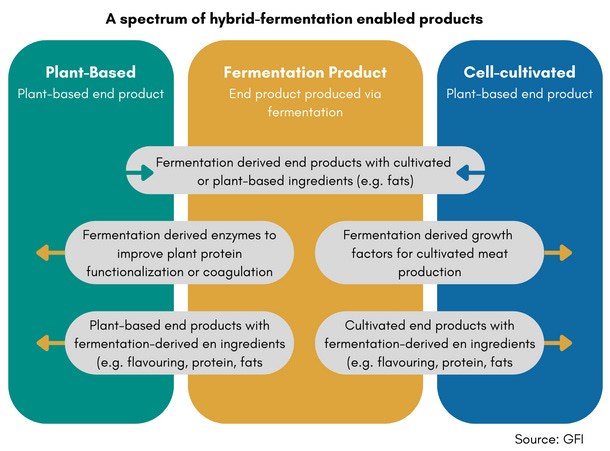As the alternative protein industry continues to burgeon, a fundamental shift in perspective is needed to unlock its true potential and move the mass population away from animal-derived meat, which is not damaging the environment and animals but also has severe health consequences.
Instead of pigeonholing alternative proteins into distinct technology stacks, the focus should be on fostering protein diversity. In doing so, we can create a resilient food systems infrastructure capable of addressing the challenges posed by a growing global population while reducing our reliance on animal-derived proteins. By leveraging various technologies and processes, we can achieve a rich tapestry of alternative meat, dairy, and seafood formulations that meet the high standards of taste, texture, accessibility, and affordability.
Rather than seeking a single winner in the alternative protein landscape, we must recognize that diverse protein sources, harnessed through different technologies, offer unique functionalities and advantages. Embracing protein diversity allows us to develop a wide array of alternative protein products, each catering to different consumer preferences, dietary needs, and culinary applications.

The alternative protein industry should move away from pitting plant-based, cultivated meat, and fermentation-based technologies against each other. Instead, these approaches should coexist harmoniously to create a comprehensive protein ecosystem. Each technology brings its strengths to the table, and combining them enables us to optimize protein formulations and production methods. For instance, we can recreate animal-derived fat, such as tallow, ghee, and lard, by merging fat molecules from sustainable plant sources, precision fermentation, and recombinant proteins. This approach allows us to achieve the desired taste and texture while reducing environmental impacts.
Recombinant proteins and cultivated meat proteins offer a powerful tool in the quest for protein diversity. By combining specific recombinant proteins with plant-based protein sources like soy, pea, lupin, legumes, and even cultivated meat, we can craft novel formulations that cater to a broad range of tastes and nutritional needs. E.g., I have even seen companies mixing 1-2% of certain recombinant proteins with mostly plant-derived proteins & ingredients to achieve taste, texture, and mouthfeel similar to animal-derived meat. Another e.g., is almost every cultivated meat is already looking at a hybrid approach where they mix their cultivated meat with plant-based proteins and ingredients sources. Or maybe mycelium-based alternative meat uses myoglobin (heme) that is produced using precision fermentation to provide the aroma, color, and mouthfeel.
Though it is not just limited to precision fermentation but also to a broader range of technology stacks that we see that various companies have used, let us be obsessed with the end goal and not the technology. We need to find the edge of which technology can work best instead of the other way around, focusing on technology first and forgetting about the end goal.
Building a resilient food systems infrastructure is vital for ensuring food security and sustainability. Relying on a single technology stack may prove insufficient to meet the future demands of a growing population and evolving environmental challenges. Protein diversity, achieved through innovative combinations of ingredients and technologies, enhances the adaptability and longevity of alternative protein solutions. A diverse protein landscape minimizes risks associated with supply chain disruptions and fosters economic growth in various sectors of the alternative protein industry.
I don’t see it as plant-based protein products or fermented products; instead, I see how the product formulations can be best achieved with minimal ingredients and as clean as possible and naturally. We are not building the alternative protein industry that focuses on people eating alternative protein once or twice a week; this should be a significant part of their food & lifestyle.
As enthusiasts, founders, and ecosystem builders in the alternative protein industry, we must embrace the concept of protein diversity. By moving away from the fixation on technology stacks and focusing on creating a multifaceted approach, we can unlock the full potential of alternative proteins. Our goal should be to develop alternative meat, dairy, and seafood formulations that satisfy consumer preferences while reducing the reliance on animal-derived proteins. By utilizing diverse protein sources, leveraging recombinant proteins, and fostering a resilient food systems infrastructure, we can collectively build a sustainable and prosperous future for people, the planet, and animals.
The future of protein is diverse. If you are building a company that resonates with the protein diversity thesis or investing in the space with this lens, contact us at Beyond Impact.
Written by Sagar Tandon, Partner at Beyond Impact.
Let us create a better world for people, the planet, and animals.
If you have not subscribed, please do subscribe to keep up to date with my musings on the venture ecosystem, impact investing, conscious capitalism, and fund management.



